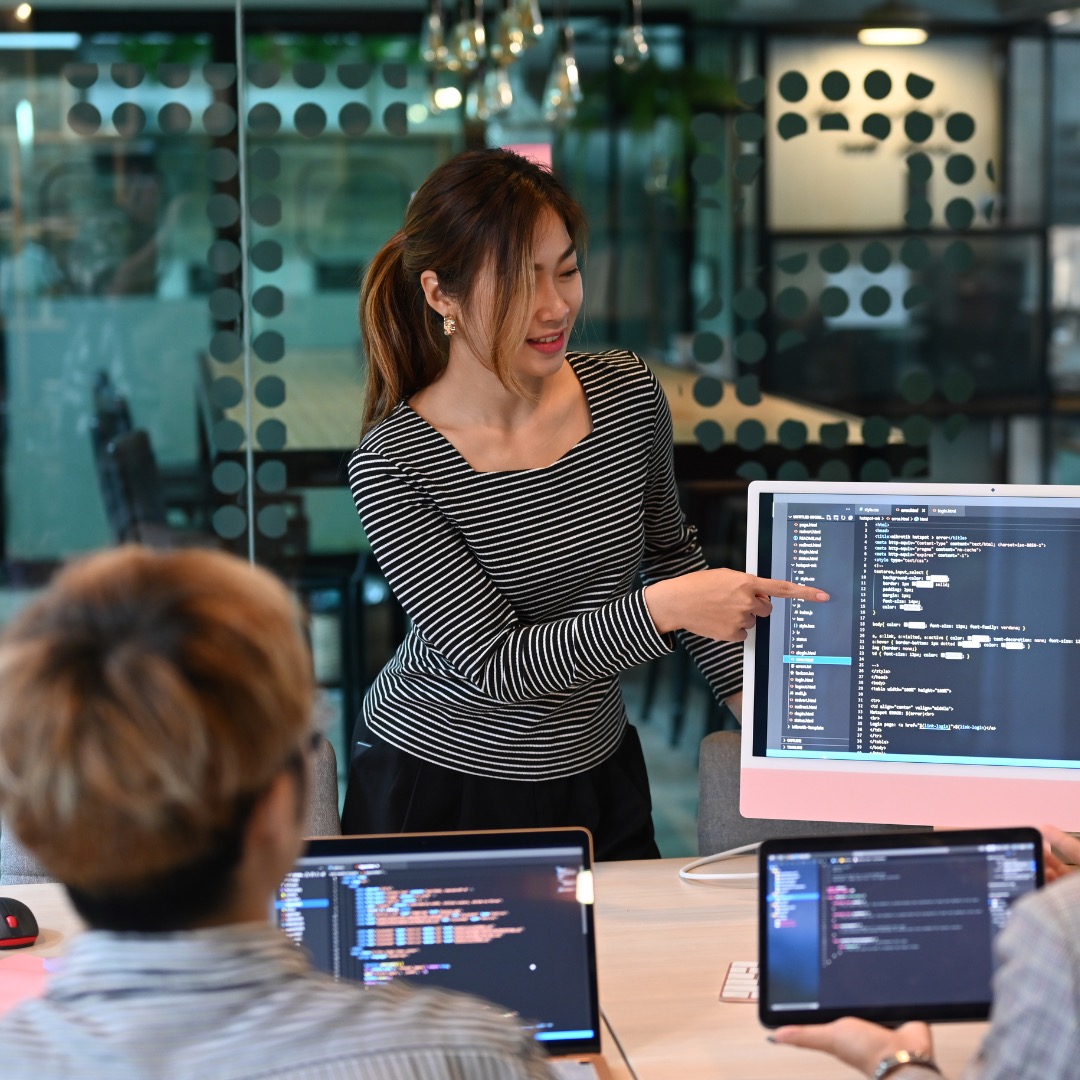In an era where technology permeates nearly every aspect of our lives, it’s no surprise that artificial intelligence (AI) tools are increasingly being integrated into the creative process. From generating music to crafting literature, AI is revolutionizing how we create, offering unprecedented capabilities and efficiencies. However, amidst this technological advancement, it’s essential to recognize that while AI tools provide powerful assistance, the value of the underlying concept remains paramount.
The Rise of AI in Creation
AI has made significant strides in various creative domains, leveraging machine learning algorithms to analyze vast datasets and generate outputs that mimic human creativity. In music composition, platforms like Amper Music and Jukedeck can generate original compositions tailored to specific styles or moods, offering musicians and content creators access to royalty-free music on demand. Similarly, in visual arts, AI-powered tools like DeepArt and DeepDream produce stunning imagery by applying neural networks to manipulate and enhance photographs.
Furthermore, AI has extended its reach into the realm of literature and storytelling. Text generation models such as OpenAI’s GPT (Generative Pre-trained Transformer) series can produce coherent and contextually relevant text based on prompts provided by users. These models have been used for a variety of applications, including content generation, automated summarization, and even the creation of entire novels.
The Power of AI-Assisted Creation
The integration of AI tools into the creative process offers several undeniable advantages. Firstly, AI can significantly streamline workflows, automating repetitive tasks and allowing creators to focus their energy on more high-level conceptualization and refinement. This efficiency can be particularly valuable in industries with tight deadlines or high production volumes.
Moreover, AI tools can serve as powerful sources of inspiration and ideation. By analyzing vast datasets of existing content, AI can identify patterns, trends, and creative possibilities that humans might overlook. This can spark new ideas and directions for creators, facilitating innovation and exploration within their respective fields.
The Limitations of AI Creativity
While AI tools offer remarkable capabilities, they are not without their limitations. One of the most significant challenges lies in the inherent nature of AI-generated content—it lacks the human touch. Despite advances in natural language processing and generative algorithms, AI still struggles to imbue its creations with the depth, emotion, and nuance that characterize human creativity.
Furthermore, AI operates within the confines of the data it is trained on, which can lead to issues of bias and homogeneity in generated content. If not carefully monitored and curated, AI-generated works run the risk of being derivative or formulaic, lacking the diversity and originality that define truly groundbreaking creations.
The Value of Conceptualization
Amidst the excitement surrounding AI’s creative potential, it’s essential to recognize that the value of a creation ultimately lies in its underlying concept. While AI can assist in the execution and realization of ideas, it cannot replace the ingenuity, vision, and storytelling prowess of human creators.
Conceptualization involves more than just generating content—it’s about crafting narratives, exploring themes, and evoking emotions that resonate with audiences on a profound level. It requires imagination, empathy, and a deep understanding of the human experience—qualities that are uniquely human and cannot be replicated by machines.
Striking a Balance
As we navigate this era of AI-assisted creation, it’s crucial to strike a balance between leveraging technology and preserving the integrity of the creative process. AI tools should be viewed as supplements to human creativity, enhancing our capabilities rather than supplanting them entirely.
Creators must remain vigilant in maintaining creative control and ensuring that AI-generated content aligns with their artistic vision and values. This may involve refining AI models, curating training datasets, or integrating human oversight into the generative process.
Ultimately, the most compelling and enduring works of art are those that emanate from the intersection of human imagination and technological innovation. By embracing AI as a tool for creativity while upholding the primacy of conceptualization, we can unlock new frontiers of expression and usher in a renaissance of human ingenuity in the digital age.
In conclusion, while AI tools are undeniably revolutionizing the creative landscape, the value of concept remains central to the artistic process. By harnessing the power of AI in service of human creativity, we can unleash a new era of innovation and cultural enrichment, where the boundaries of imagination are limited only by the depths of our collective imagination.

